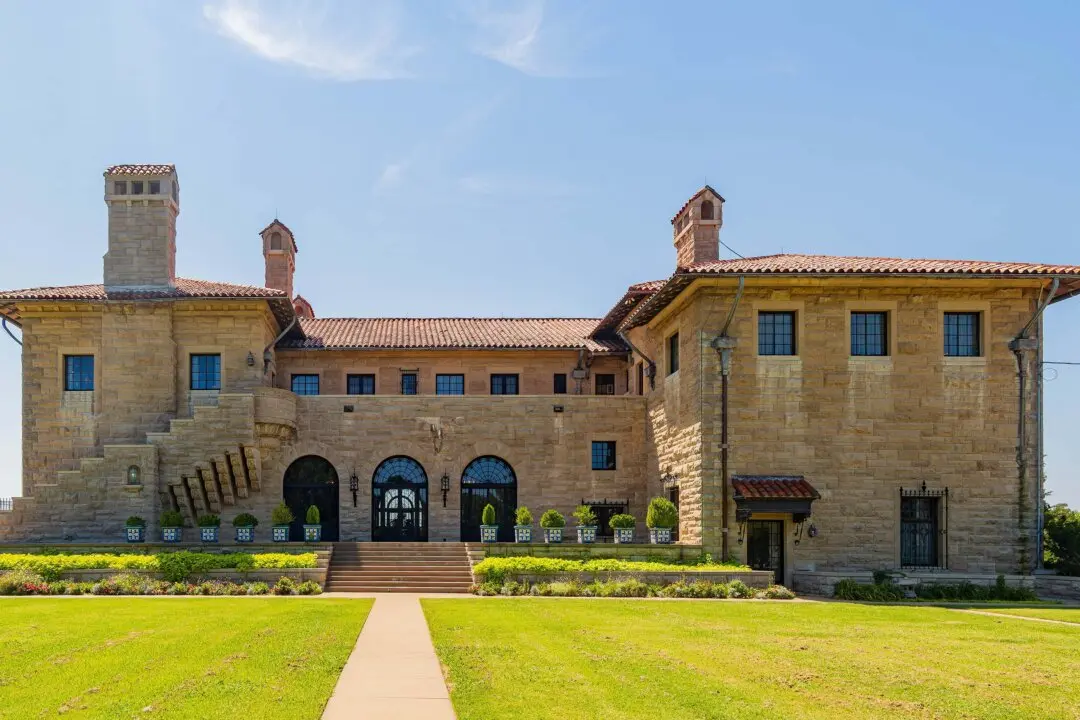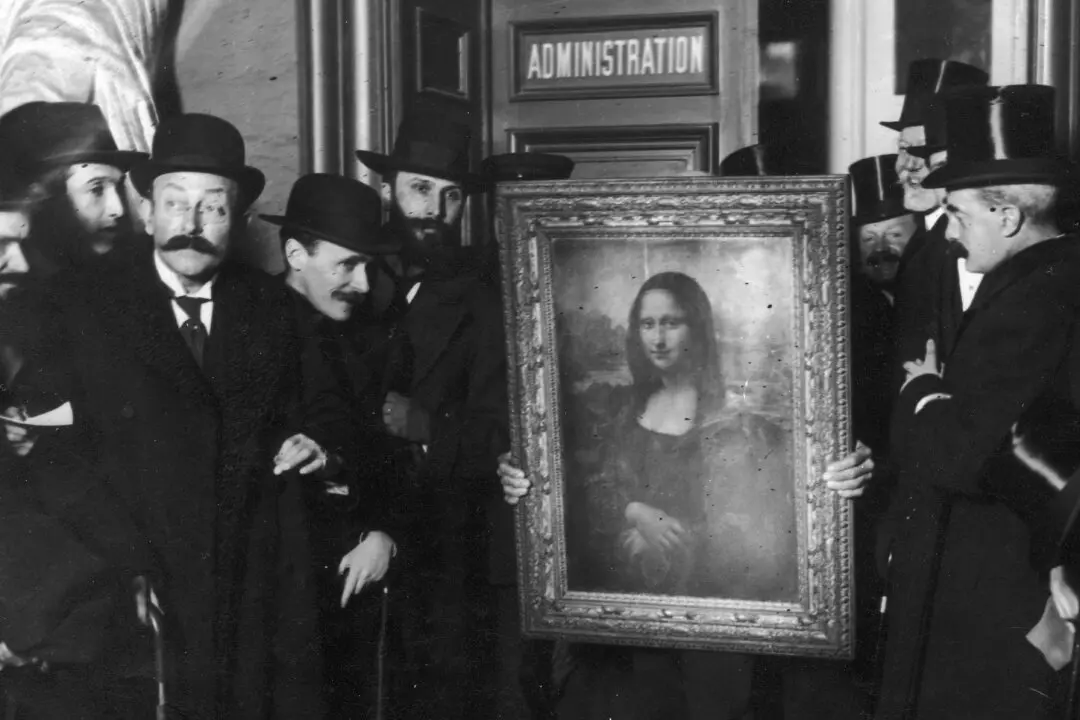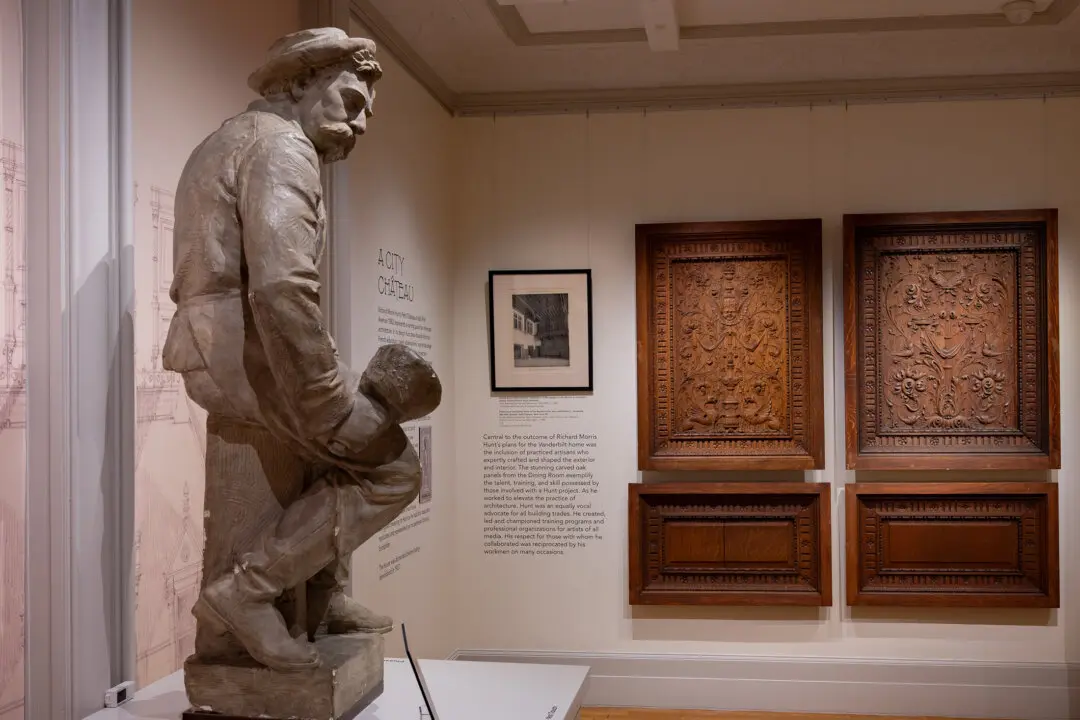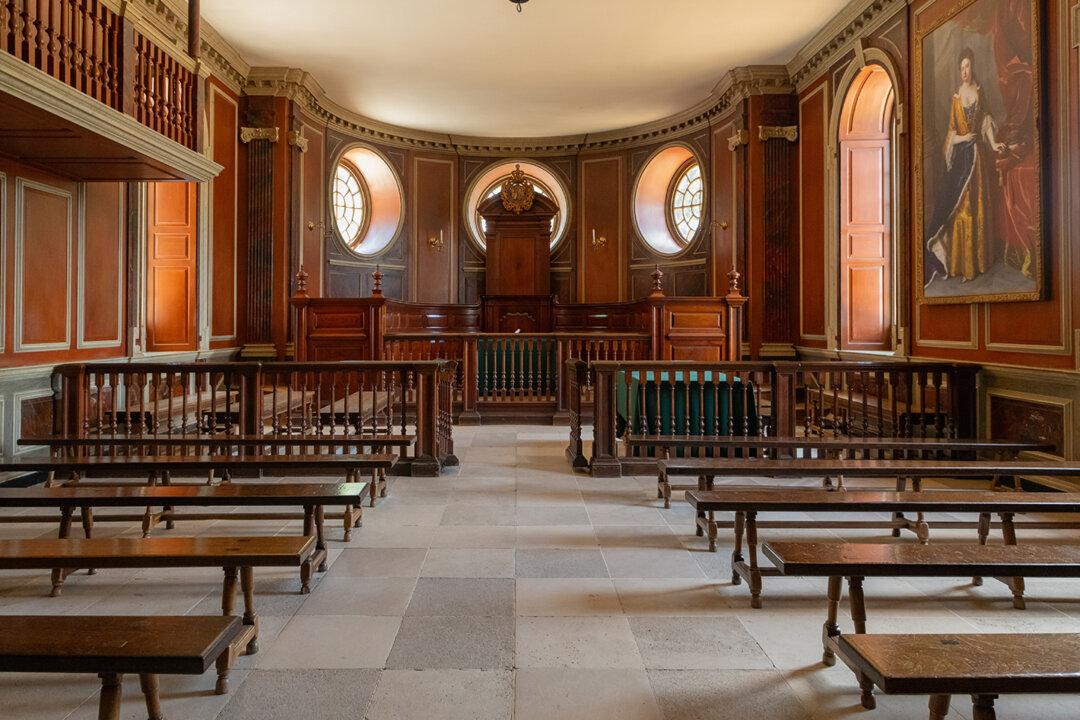Today, the Golden Gate Bridge has come to symbolize San Francisco, and it is the universally recognizable icon of that great port city. Although conceived as a way to move people from place to place, it has become a destination in its own right. Spanning the Golden Gate Strait, a place of stunning natural beauty, the bridge is itself an architectural masterwork. Its tall, tapered towers and graceful cables evoke a sense of awe as they appear out of a fog-shrouded channel. The distinctive terra cotta color contrasts beautifully with the rugged cliffs on both shores of the strait. The original design first proposed for the famous bridge, however, was nothing like what we see today.
Following San Francisco’s rebuilding after the 1906 earthquake, the city continued to grow, which soon brought transportation problems. Getting to the surrounding communities was a challenge, since the San Francisco Bay and the Golden Gate Strait made ferries the only viable means of connecting the region. Lines for the ferry service lasted for hours. The only alternative was to travel completely around the bay—a long day’s journey at best. The city turned to Joseph Strauss (1870–1938), who had built smaller bridges in the area before. His challenge was to come up with a design for a project that had until now been considered impossible: bridging the Golden Gate Strait.





